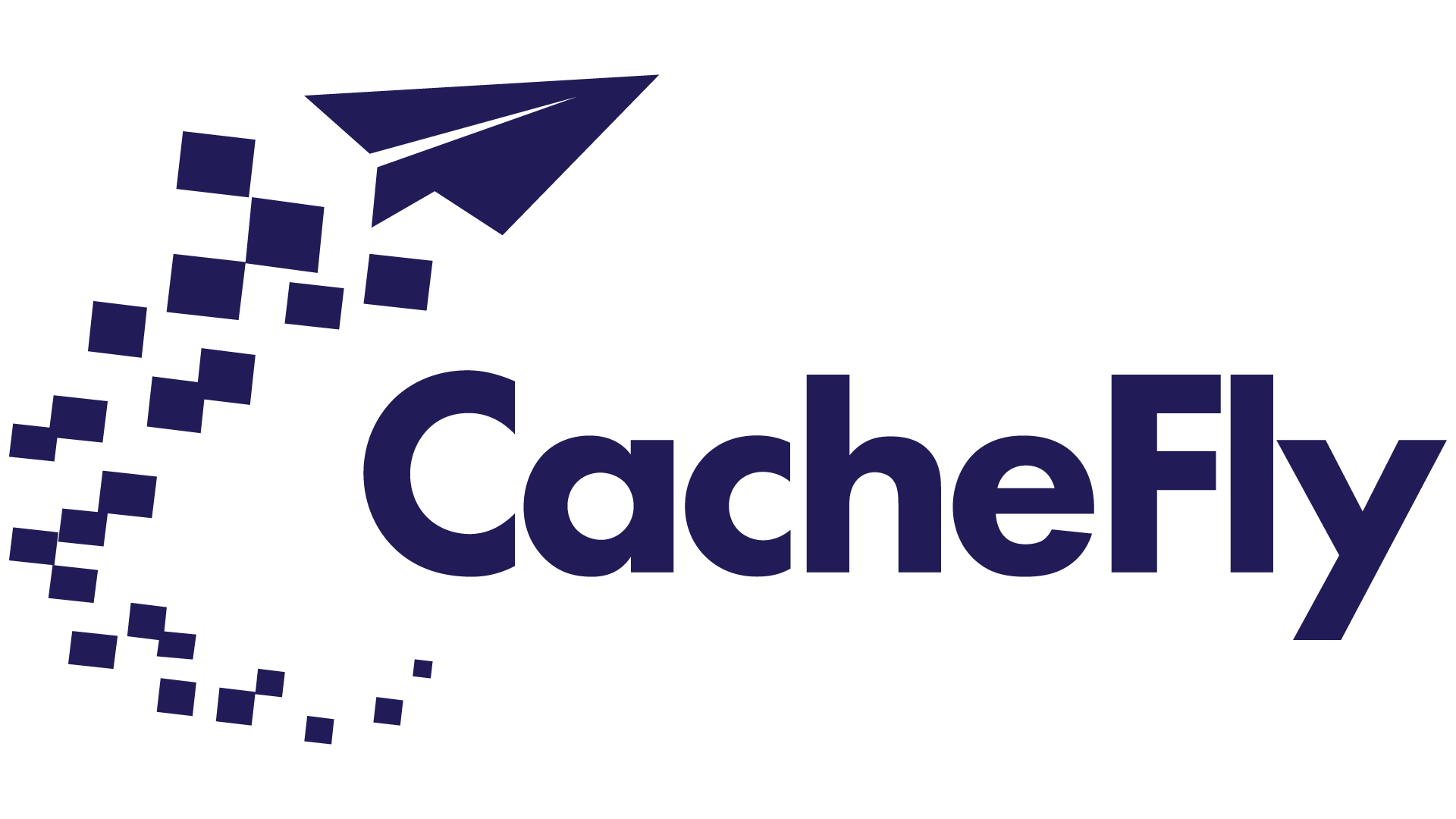
Why Cache Optimization Counts, and How to Achieve a 100% Cache-Hit Ratio
Key Takeaways
- Understanding the role of cache-hit ratio and cache optimization in CDN can significantly enhance website performance and user experience.
- The cache-hit ratio acts as a key performance indicator, shedding light on the effectiveness of a CDN’s caching strategy.
- A high cache-hit ratio indicates efficient CDN caching, leading to faster and more seamless content delivery.
- A low cache-hit ratio indicates a need for optimizing CDN caching, as it sends more requests to the origin server, slowing down the content delivery process.
In Content Delivery Networks (CDN), cache optimization is pivotal in shaping the user experience and overall website performance. A CDN’s efficiency largely hinges on its cache-hit ratio, a key performance indicator showing how well the CDN serves resources stored in its cache. Striking a high cache-hit ratio often translates to a seamless user experience, with content delivered faster than ever. However, a low cache-hit ratio could signal potential roadblocks in your CDN’s caching strategy, leading to slower content delivery. Let’s delve deeper into cache optimization in the CDN landscape and understand its importance in enhancing your CDN’s performance.
Defining Cache Optimization in CDN Context
Cache optimization in a CDN context refers to enhancing the efficiency of CDN caching to improve website performance and user experience. It involves strategies to reduce latency, decrease server load, and ensure that content is geographically close to users.
One of the key performance indicators of cache optimization is the cache-hit ratio. The cache-hit ratio measures how successfully a CDN serves resources stored in the cache. It’s defined as the number of cache hits divided by the total number of requests. A high cache hit ratio implies that the CDN is effectively delivering more content from its cache, which can improve the performance and speed of a website.
Conversely, the hit ratio indicates that the CDN cache is not being used effectively, sending more requests to the origin server. A low cache-hit ratio means that the CDN cache is not being used effectively, and more requests are being sent to the origin server. This can slow the content delivery process and adversely impact the user experience.
Therefore, cache optimization in a CDN context involves strategies to maintain a high cache-hit ratio. This ensures faster content delivery and enhances the overall user experience, making it a crucial aspect of CDN performance.
Why Strive for a 100% Cache-Hit Ratio?
In CDN performance, achieving a 100% cache-hit ratio is the gold standard. It’s an ideal scenario where all requests are served right from the CDN cache, minimizing latency and server load. This reduces the stress on the origin server and ensures faster content delivery.
Imagine how this can revolutionize the user experience. With a 100% cache-hit ratio, users can enjoy faster page load times, improved website performance, and enhanced satisfaction. It’s the difference between a user waiting for a video to buffer and them streaming it instantly. That’s the power of a 100% cache-hit ratio in action.
Challenges in Achieving a 100% Cache-Hit Ratio
However, achieving this standard isn’t a walk in the park. Significant challenges exist to overcome, such as dynamic content, user-specific data, and frequent content updates. These factors can contribute to cache misses and lower cache-hit ratio. So, how do you ensure that your cache works as it should?
StormIT Cloud states, “Is your cache working as it should? Answer this question using cache hit-and-miss ratios to help you determine whether your cache is working successfully.” These ratios are critical for understanding the effectiveness of your cache and identifying areas for improvement.
Strategies for Achieving a 100% Cache-Hit Ratio
Despite the challenges, cache optimization strategies can help achieve a 100% cache-hit ratio. Effective cache control headers, for instance, can instruct the CDN on how to cache different types of content. Optimizing Time-To-Live (TTL) values can balance content freshness and reduce server load. An efficient CDN configuration also plays a massive role in achieving this goal.
By employing these strategies, you can overcome the challenges and move closer to the ideal scenario of a 100% cache-hit ratio. This speeds up content delivery and enhances the overall user experience, making it worth the effort.
Optimizing CDN Cache Performance: Strategies and Techniques
If your goal is to achieve a high cache-hit ratio, you must implement strategies to optimize your CDN cache performance. Let’s dive into some of the effective ways to accomplish this.
Cache Control Headers: Directing the CDN
One of the primary strategies involves the use of cache control headers. These headers direct the CDN on how to cache different types of content. By setting appropriate cache control headers, you can dictate how, when, and for how long the CDN should store content in the cache. This provides a more customized and efficient caching process that can contribute significantly to achieving a high cache-hit ratio.
Optimizing TTL Values: Balancing Content Freshness and Server Load
Another crucial strategy is the optimization of Time-To-Live (TTL) values. TTL is a setting that determines how long a piece of content stays in the cache before it’s considered stale and needs to be refreshed. By optimizing TTL values, you can balance ensuring content freshness and reducing server load, thereby improving the cache-hit ratio.
CDN Configuration: Setting Up Custom Rules
Custom CDN configuration also plays a significant role in cache optimization. By setting up custom rules based on URL patterns, query strings, or HTTP headers, you can control how the CDN caches and serves different types of content. This level of customization helps increase cache hits and improve CDN performance.
Real-Time Analytics and Monitoring Tools: Keeping Track of CDN Performance
Finally, don’t underestimate the power of real-time analytics and monitoring tools. These tools can help you track your CDN’s performance in real-time, identify areas that need improvement, and make necessary adjustments. With these insights, you can further optimize your CDN configuration and improve your cache-hit ratio.
Using a multi-CDN strategy can distribute the load and reduce the number of cache misses. This can be achieved by using multiple CDNs and dynamically routing traffic to the CDN with the lowest latency and highest cache hit ratio. Although implementing a multi-CDN strategy might seem complex, the potential benefits in terms of improved cache-hit ratio and CDN performance are undeniable.
In pursuing optimal CDN performance, these strategies will serve as your roadmap to a high cache-hit ratio. Remember, every request served from the cache is a victory for user experience and efficient content delivery.
Advanced Techniques for Achieving a High Cache-Hit Ratio
Accomplishing a 100% cache-hit ratio requires traditional strategies and the adoption of advanced techniques and technologies. Let’s explore some of these cutting-edge approaches that can help take your CDN performance to the next level.
HTTP/3 and QUIC Protocols: Boosting Performance in Challenging Environments
Protocols play a pivotal role in how content gets delivered over the internet. Implementing HTTP/3 and QUIC protocols can dramatically improve performance in high-latency and packet-loss environments. QUIC, an abbreviation for Quick UDP Internet Connections, provides multiplexing and flow control, comparable to TCP but with reduced latency. In combination with HTTP/3, QUIC offers faster, more reliable, and more secure connections, thereby helping to enhance the cache-hit ratio.
Predictive Content Caching: Anticipating User Requests
With the rise of Machine Learning (ML) and Artificial Intelligence (AI), predictive content caching has become a viable strategy for improving the cache-hit ratio. This technique uses ML and AI algorithms to anticipate user requests and cache content accordingly. Predictive content caching can significantly increase the likelihood of cache hits, ensuring users get the content they need faster and more efficiently.
Edge Computing: Bringing Applications Closer to Users
Edge computing is another advanced technique that can contribute to a high cache-hit ratio. By running applications closer to end-users, edge computing reduces the distance data needs to travel. This results in faster content delivery, lower latency, and a higher cache-hit ratio. As more businesses adopt edge computing, we expect to see a substantial improvement in CDN performance and cache-hit ratios.
5G Technology: Revolutionizing Content Delivery Dynamics
The potential of 5G technology in revolutionizing content delivery dynamics is undeniable. 5G’s capacity for ultra-fast speeds and low latency can enable faster cache hits, contributing to an improved cache-hit ratio. As 5G technology becomes more prevalent, it’s likely to play a significant role in how content gets delivered, and CDNs perform.
These advanced techniques signify the future of CDN performance optimization. By leveraging these technologies, you can set your business on the path to achieving a 100% cache-hit ratio and delivering an unrivaled user experience.
Future Trends in CDN Cache Optimization
As digital content consumption continues to surge, the CDN landscape constantly evolves. Let’s explore some of the promising future trends that are set to redefine CDN cache optimization and the cache-hit ratio.
Serverless Technologies: A Leap Towards More Efficient Content Delivery
With the rise of serverless technologies, content delivery and cache optimization dynamics are changing. Serverless architectures allow applications to run without pre-allocated servers, enabling more efficient content delivery and cache optimization. This approach can reduce latency, increase scalability, and improve the cache-hit ratio.
AI and Machine Learning: The Future of Predictive Caching
Artificial Intelligence (AI) and Machine Learning (ML) are making their mark in numerous industries, and CDN is no exception. These technologies offer immense potential for predictive caching and intelligent content delivery. AI and ML can improve cache-hit ratios and enhance CDN performance by accurately predicting user behavior.
Real-time Applications, Augmented Reality (AR), and Virtual Reality (VR): The Demand for Efficient CDN Caching
The rise of real-time applications, augmented reality (AR), and virtual reality (VR) is increasing demand for efficient CDN caching. These technologies require high-speed, low-latency data delivery, making CDN cache optimization more critical than ever. CDNs can better support these data-intensive applications and deliver a superior user experience by improving cache-hit ratios.
Collaboration with ISPs and Other Stakeholders: A Key to Improved Content Delivery
Collaboration with Internet Service Providers (ISPs) and other stakeholders is becoming increasingly important in the CDN landscape. By working together, these entities can improve content delivery and end-user experience. This collaborative approach can also contribute to a higher cache-hit ratio by ensuring content is delivered more efficiently and effectively.
Research and Development in CDN Technology: Preparing for the Future
Ongoing research and development in CDN technology are crucial for anticipating future trends and preparing for them. Innovations in CDN caching strategies, protocols, and technologies can lead to improved cache-hit ratios and better CDN performance. By staying abreast of these advancements, businesses can ensure they are ready to meet the future demands of content delivery.
These future trends indicate that the CDN landscape is set for significant changes, with cache optimization at the forefront. By embracing these trends, businesses can improve their cache-hit ratio and deliver a superior user experience.
Product Updates
Explore our latest updates and enhancements for an unmatched CDN experience.
CacheFly in the News
Learn About
Work at CacheFly
We’re positioned to scale and want to work with people who are excited about making the internet run faster and reach farther. Ready for your next big adventure?




